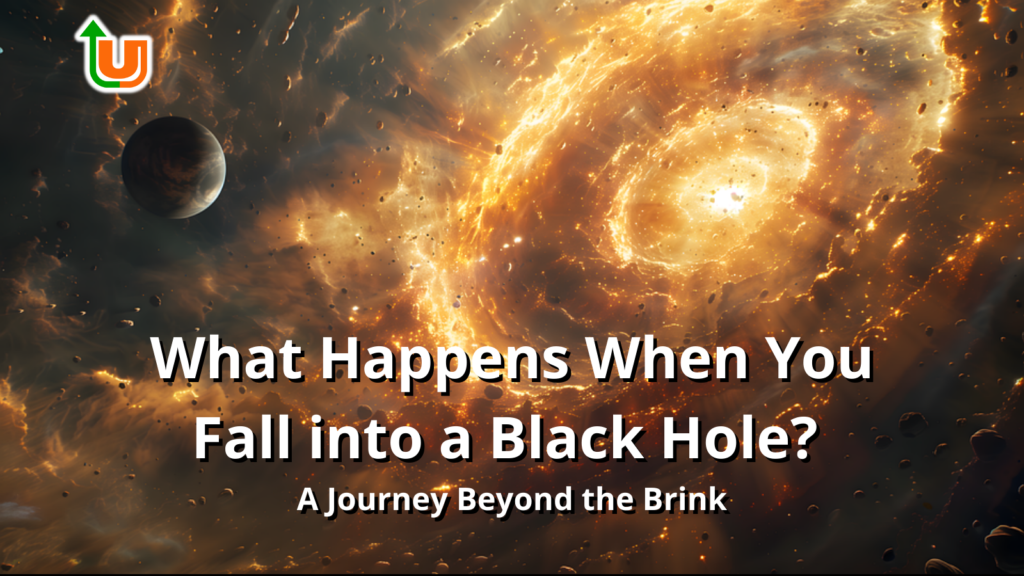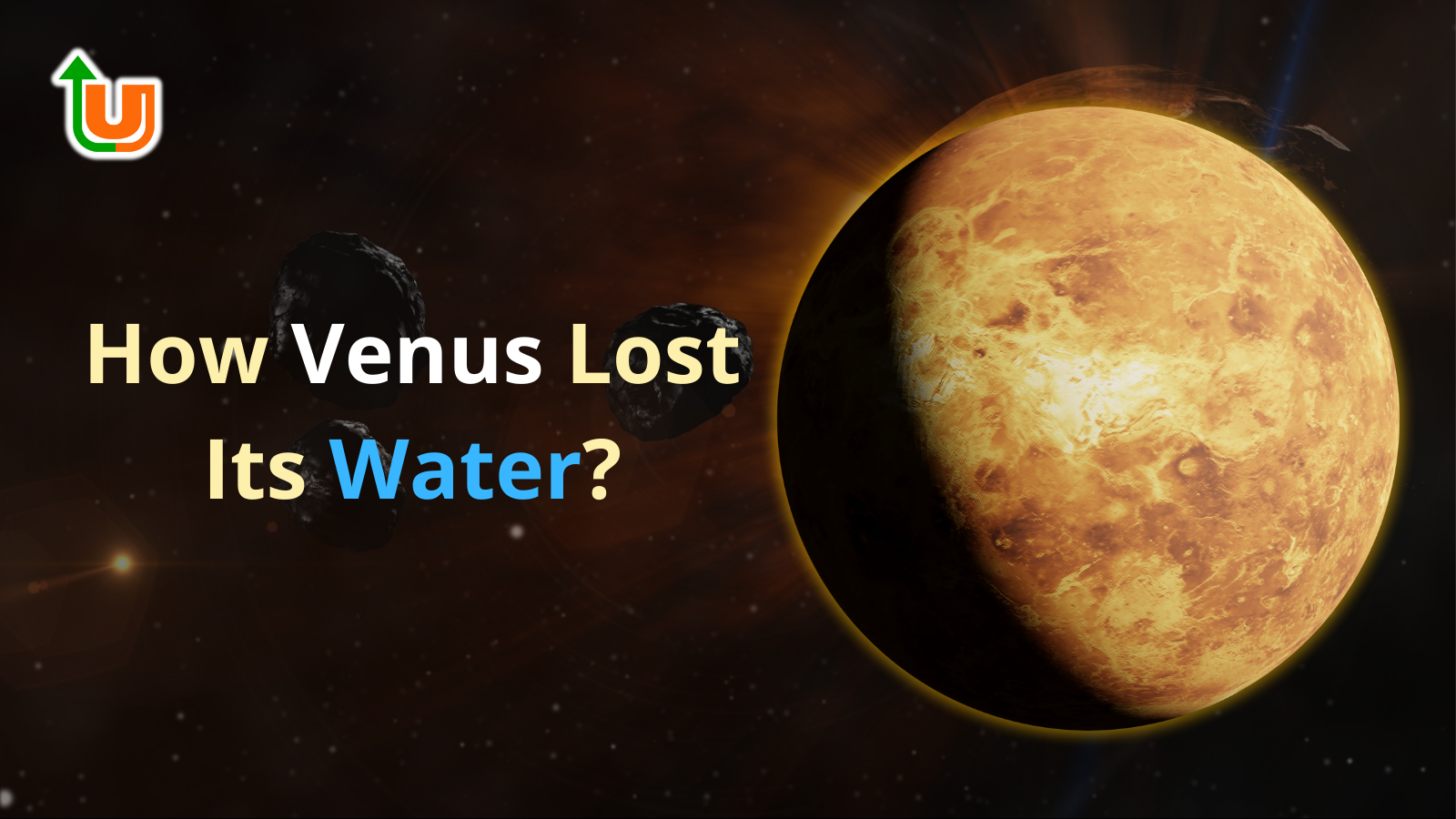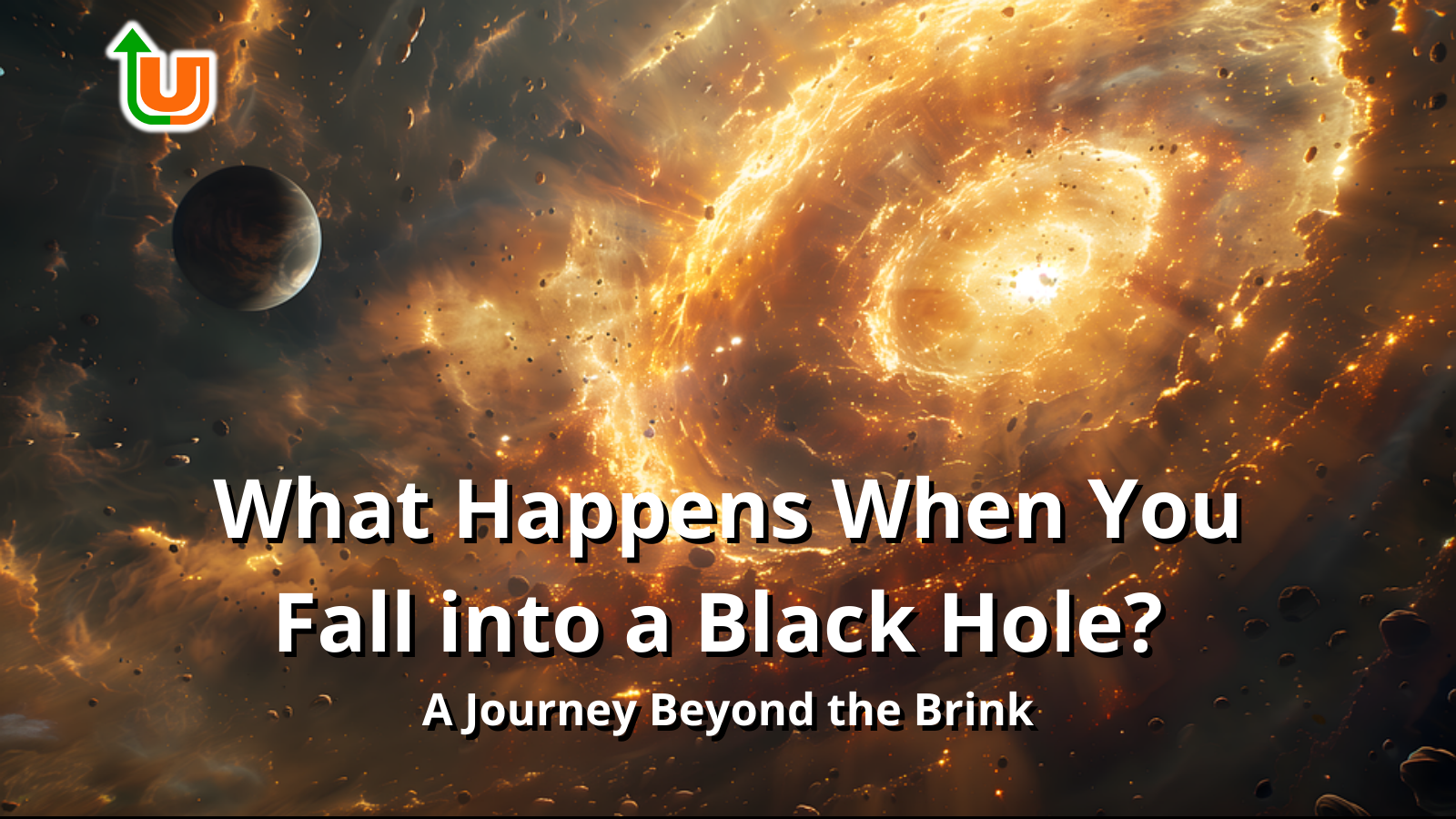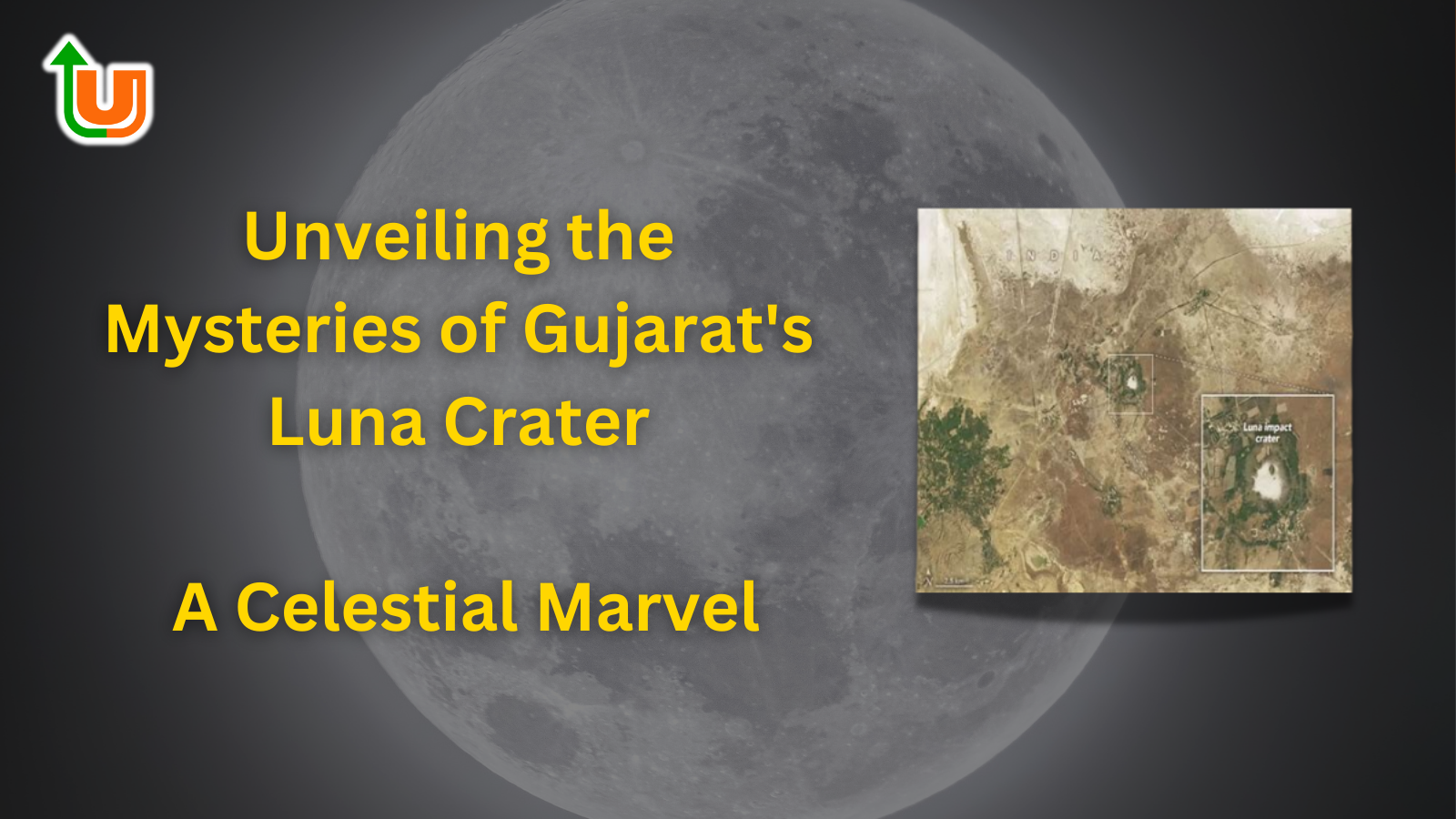Have you ever wondered what would happen if you were to fall into a black hole? Thanks to a new, immersive visualization produced by NASA on a supercomputer, we can now explore the mysterious and mind-bending effects of these cosmic behemoths. In this article, we’ll take you on a virtual tour of what it’s like to approach and cross the event horizon—the point of no return—of a supermassive black hole.

The Visual Journey
Video Shared by NASA
Approaching the Black Hole
- Imagine you’re aboard a spaceship hurtling toward a supermassive black hole. As you get closer, you notice dramatic distortions in space-time. Background stars appear warped due to the immense gravitational pull.
- The black hole in question has a mass equivalent to 4.3 million times that of our Sun—the same type found at the center of our Milky Way galaxy.
- Fun fact: If given the choice, you’d prefer to fall into a supermassive black hole rather than a smaller stellar-mass black hole. The latter can rip apart approaching objects due to stronger tidal forces.
The Event Horizon
- The event horizon marks the boundary beyond which nothing can escape the black hole’s gravitational pull. It’s like a cosmic point of no return.
- In our simulation, we’ll explore two scenarios:
- Near Miss: Imagine a camera (representing a daring astronaut) approaching the event horizon but narrowly missing it. The camera slingshots back out, escaping the black hole’s grasp.
- Crossing Over: Now picture the same camera crossing the event horizon. At this point, its fate is sealed—it will eventually reach the singularity at the black hole’s center.
Spaghettification
- As you get closer to the event horizon, the gravitational forces become increasingly intense.
- Infalling objects (including our camera) stretch out like noodles—a process astrophysicists aptly call “spaghettification.”
- The simulated black hole’s event horizon spans about 16 million miles (25 million kilometers), roughly 17% of the distance from Earth to the Sun.
Conclusion
Exploring black holes through visualizations helps us connect the mathematics of relativity to real consequences in the universe. So, next time you gaze up at the night sky, remember that beyond those distant stars lies a cosmic wonder—a black hole waiting to reveal its secrets.
Now that you’ve taken this cosmic journey with us, share your newfound knowledge with others and keep your eyes on the skies!
View More Sources
(1) What happens when you fall into a black hole?. https://timesofindia.indiatimes.com/home/science/new-nasa-visualisation-takes-viewers-beyond-the-brink-of-a-black-hole/articleshow/109911930.cms.
(2) What Happens When You Fall Into a Black Hole? NASA Simulations Answer. https://www.wionews.com/web-stories/science/what-happens-when-you-fall-into-a-black-hole-nasa-simulations-answer-1715076820283.
(3) What Happens When You Fall Into A Black Hole? NASA’s New Simulation Gives A Tour. https://www.outlookindia.com/ampstories/web-stories/what-happens-when-you-fall-into-a-black-hole-nasas-new-simulation-gives-a-tour.
(4) New NASA Black Hole Visualization Takes Viewers Beyond the Brink. https://science.nasa.gov/supermassive-black-holes/new-nasa-black-hole-visualization-takes-viewers-beyond-the-brink/.
(5) NASA Video Shows What Would Happen if You Fell Into a Black Hole – Newsweek. https://www.newsweek.com/nasa-video-falling-supermassive-black-hole-1897877.
(6) NASA-Led Study Explains Decades of Black Hole Observations. https://www.nasa.gov/universe/nasa-led-study-explains-decades-of-black-hole-observations/.
- Unveiling the Mystery: How Venus Lost Its Water
- The Met Gala: A Glittering Spectacle of Fashion and Culture
- What Happens When You Fall into a Black Hole? A Journey Beyond the Brink
- The Ancient Serpent King: Vasuki Indicus, the Prehistoric Behemoth
- Unveiling the Mysteries of Gujarat’s Luna Crater: A Celestial Marvel
- Mysterious ‘Spider’ Phenomenon on Mars Explained





